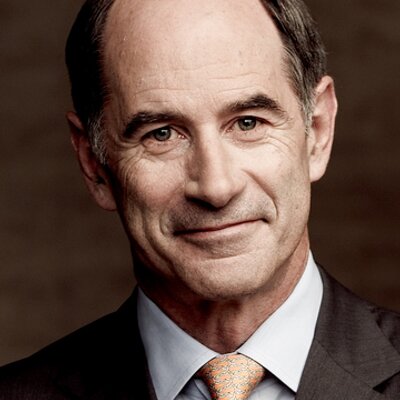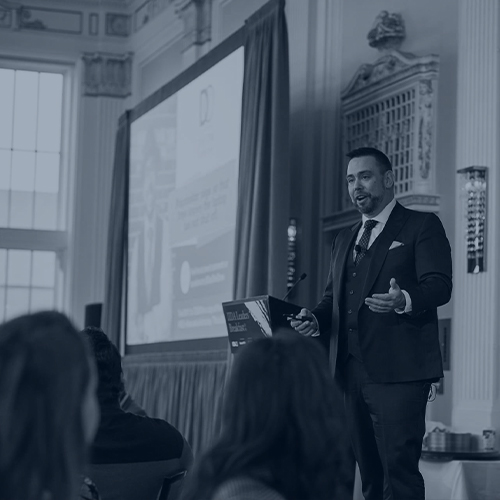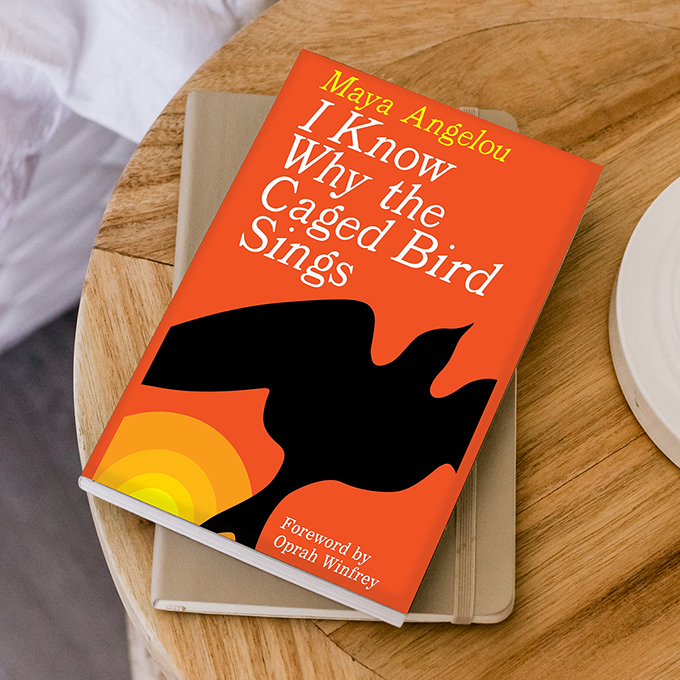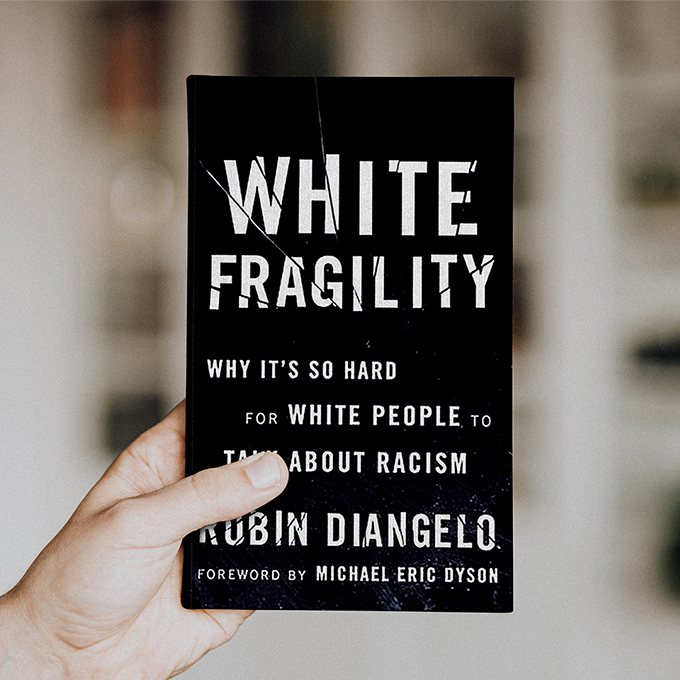Day One Reads – The Opposable Mind
Last week’s Day One Reads focused on a book that was released that very day. For this week’s edition I go back in time a little, highlighting a book released in 2007.

The Opposable Mind: How Successful Leaders Win Through Integrative Thinking
Category*: Research-based (though an argument could be made for the Reflective category)
Author: Roger Martin
About the author: Roger Martin is dean at the Rotman School of Management at the University of Toronto. Roger was formerly a director of Monitor Company, a global strategy consulting firm based in Cambridge, Massachusetts. He is a columnist at Business Week Online and a regular contributor to Harvard Business Review and the Financial Times.
How I found it: My COO Allan Grant gave it to me as a gift when we opened our new office.
Book Jacket description:
What distinguishes a brilliant leader from a conventional one? In this insightful book, Roger Martin shows that brilliant leaders are skilled at integrative thinking—the ability to hold two opposing ideas in their mind at once, and then reach a synthesis that contains elements of both but improves on each.
Most managerial decisions are made by examining the pros and cons of the presumed alternatives, then eliminating all but one. Conventional thinkers focus only on obviously relevant features, break problems into pieces and work on them separately, and settle for what they perceive to be the best available options.
But truly successful leaders try not to make “either-or” decisions. By seeking factors that are not immediately obvious, considering nonlinear relationships among variables, and seeing the problem as a whole, they are able to resolve tensions among opposing ideas and generate innovative outcomes.
Drawing on stories of leaders as diverse as A.G. Lafley of Proctor & Gamble and Bob Young of Red Hat Software, Martin shows how, by refusing to accept unpleasant trade-offs and conventional options, integrative thinkers are able to find creative solutions to seemingly intractable problems.
But is integrative thinking a talent reserved for a fortunate few? Not at all: Martin believes it is a “habit of thought” that all of us can consciously develop to arrive at solutions that would otherwise not be evident. We can train ourselves to craft innovative solutions and to resist settling for the best available bad choice. This book shows us the way.
How well I feel it delivered on what the jacket promised (scale out of 10 with 10 being completely delivered): 9
Amazon Rating: 4.0 (64 ratings – Canada)/4.0 (63 ratings – US)
Goodreads Rating: 3.74 (918 Ratings)
Who I think should pick it up: Those in organizations that have fallen into silos, business students, individuals creating business plans, anyone struggling with specific tough decisions or problems on which they feel totally stuck. Really, anyone looking for inspiration to look at things from a different perspective or for examples of people effectively understanding the “big picture.”
Anything someone might quibble with: I took one point off the rating for how well it delivered on the jacket description simply because there wasn’t a ton of “how you can do it” compared to the in-depth analysis of what integrative thinking actually is and how it has been effectively applied. Some examples also come from companies that while profitable engage in behaviours some people may find problematic (eg. Big pharma).
“Velcro quotes” (ideas that are going to stick with me moving forward):
• “A working definition of integrative thinking: The ability to face constructively the tension of opposing ideas and, instead of choosing one at the expense of the other, generate a creative resolution of the tension in the form of a new idea that contains elements of the opposing ideas but is superior to each.”
• “As Peter Drucker told me, ‘The business that is going to hire your new MBA will hire somebody to do specialized work. And for the first five, eight, ten years, your students will work as specialists. And in most organizations, it is resented if they show any interest in anything but their specialities. They’re then pushy, or nosy, or empire builders.’ But specialists aren’t optimally suited to solve the biggest problems businesses face, because as Drucker also pointed out, ‘there are no finance decisions, tax decisions, or marketing decisions; only business decisions. Functional specialization is especially inimical to integrative thinking because it undermines productive architecture—the keeping in mind of the whole while working on the individual parts. Functional specialization encourages the sequential or parallel resolution of discrete parts of a business problem. The result is that what is optimal from the perspective of one function will take precedence over what is optimal for the firm as a whole.’”
•“The problem with single-mindedly seeking to justify and confirm the veracity of the existing model is that the contented model defender won’t treat disconfirming data as valid, much less salient. When we go into defensive mode, we short-circuit any attempt seek a more accurate model.“
• “Reflection, which defeats the tendency to take the obvious for granted, is what gives experience value.”
How likely I think I am to make a positive reference to this book in the next 30 days: 100%. In fact, I already have, referencing it to explain why I had chosen a particular course of action in my business.

We can train ourselves to craft innovative solutions and to resist settling for the best available bad choice.

How likely I’ll put something I learned in this book to use in the next 30 days: 100%
Total Pages: 191
Total “pulled passages”: 86
Page to Pulled Passage Ratio**: 2.1:1
P2P Ranking within category for 2020: #2 of 2
Overall P2P Ranking for 2020: #2 of 4.
*I break books into one of three categories in order to better compare apples-to-apples.
- Reflective: Relies on first-person stories or insights
- Biographical: Tells the story of an individual or organization from a third-person perspective
- Research-based: The author(s) collect third-party research to support their discussion of a particular topic.
**As I read, I highlight certain passages/insights that really connect with me. Things that make me think “buying this book was worth it for ideas/information like that.” At the end of the book, I go back and “pull” them from the book and copy them all into a single document. P2P Ratio indicates how many pages on average tend to go by between these particularly powerful insights. This book’s 2.1:1 ratio means I felt there was a passage worth pulling out and writing down every 2.1 pages.






